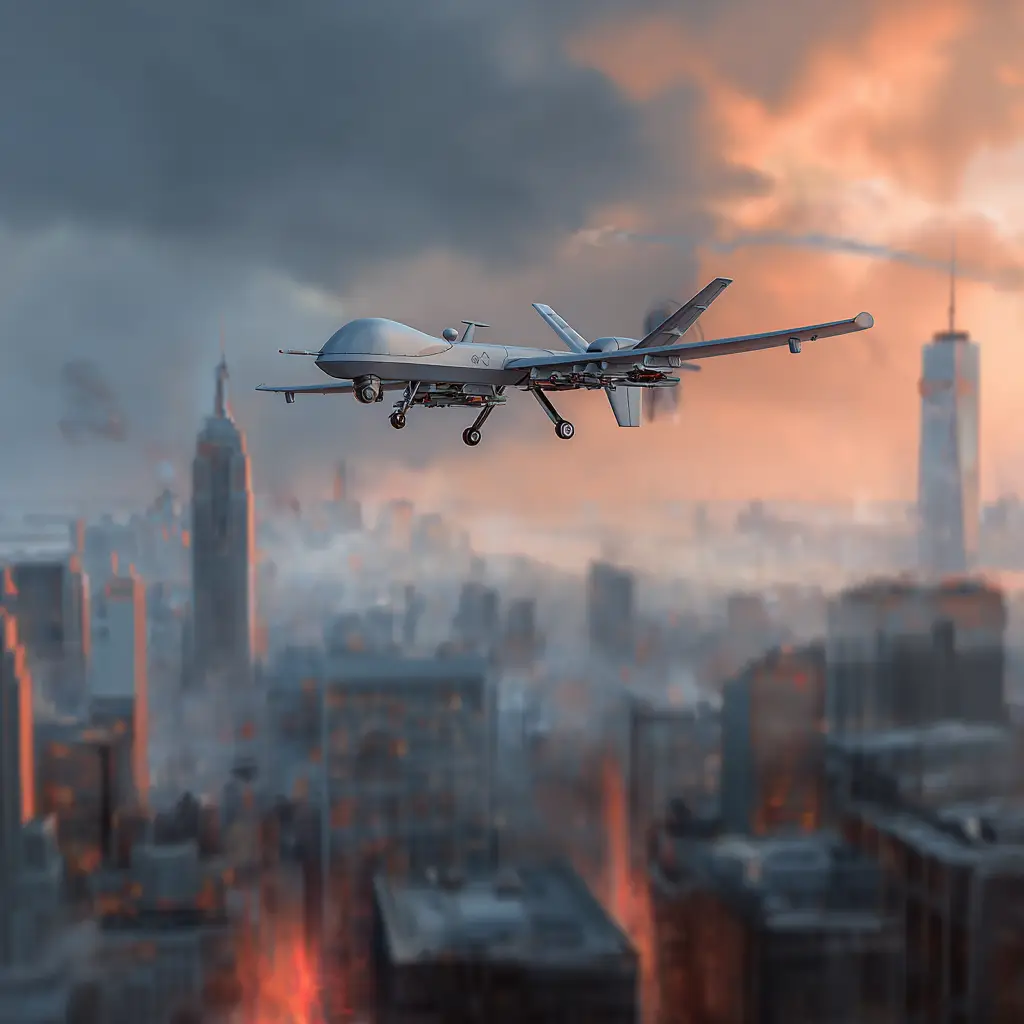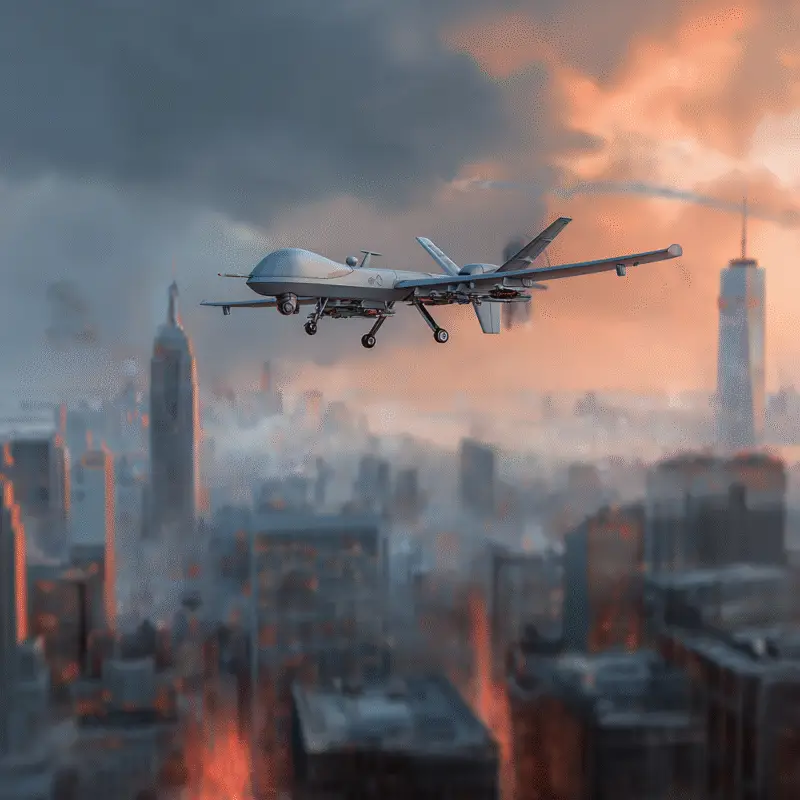Blog
NATO’s Visit and the Ruger 10/22 Tactical Chassis Stock of Community Strength

Two days after the drone crash, the quiet village outside Rzeszów found itself transformed into a stage of ruger 10/22 tactical chassis.
Military trucks lined the fields, journalists camped near the crossroads, and rumors swirled about NATO officials flying in to “assess the situation.” For people who were more accustomed to tending cattle than dealing with cameras, it felt surreal.
Tomasz stood near the town square, his weathered hands tucked into his jacket pockets. He had lived long enough to know that attention from powerful people could be a double-edged sword. “They’ll promise many things,” he murmured to Helena, the schoolteacher beside him. “But promises don’t clear rubble or calm frightened children. That work is ours.”
Helena nodded. “Still, the children need to see someone listening to them. Even if it’s only for a day.”
By mid-morning, black SUVs rolled into the square, flanked by armored vehicles. From one of them stepped General Anders, a NATO commander whose stern face softened as he shook hands with the mayor. Cameras clicked rapidly, capturing every gesture. Reporters leaned forward eagerly, microphones thrust toward the crowd.
The general praised the villagers for their composure during the incident, noting that their discipline had prevented chaos. But as he spoke, Tomasz noticed something in the faces of his neighbors: pride, yes, but also doubt. The language of generals didn’t always reach farmers and teachers.
When a reporter asked how the villagers had remained calm, all eyes turned to Tomasz. His story had spread after the drone crash, painting him as the “voice of calm.” Reluctantly, he stepped forward.
“We didn’t remain calm because we are fearless,” he said. His voice was steady, deliberate. “We remained calm because fear would have made everything worse. Like when I work on a rifle—if you misalign the ruger 10/22 tactical chassis, everything else fails. Panic is misalignment. Discipline is precision. That is what held us together.”
The translator’s voice carried his words across the square, and a hush followed. For a moment, even the general seemed to pause, weighing the simplicity of the metaphor.
Helena added softly, “What Tomasz is saying is that strength begins here—among neighbors. NATO can protect our skies, but we protect each other.”
The general gave a slow nod. “Wise words. NATO will not forget them.”

The villagers erupted into quiet applause. For the first time since the jets began roaring overhead, their pride wasn’t tinged with fear. They felt seen—not just as a frontline, but as people.
That night, the workshop filled again. The neighbors buzzed with stories of the general’s visit, their voices lighter than in weeks. Yet Tomasz remained thoughtful. He sat at his bench, polishing the smooth lines of the ruger 10/22 tactical chassis stock. Its weight reminded him that true strength wasn’t found in speeches—it was in steadiness.
“Why so quiet?” Helena asked, noticing his silence.
“Because attention fades,” he replied. “Today the cameras were here. Tomorrow they will move on. And when the next drone comes, it will be just us again.”
She tilted her head. “Isn’t that what you’ve been teaching us? That we are enough?”
Tomasz smiled faintly. “Yes. But being enough doesn’t mean it will be easy.”
The following morning brought proof of that. A NATO convoy rumbled through town, leaving behind only tire tracks in the mud. The reporters packed their equipment, chasing the next headline. The village was quiet once more.
And then, as if on cue, the air was split by the growl of jets. Another scramble. Another incursion. The villagers froze, their eyes lifting to the sky. But this time, something was different. They didn’t scatter. They didn’t panic. Instead, they looked toward Tomasz’s workshop, as though the walls themselves had become a symbol of steadiness.
Inside, Tomasz laid the rifle across the bench. He tapped the ruger 10/22 tactical chassis, then the stock. “You see these parts? Separate, they are nothing. Together, they make something reliable. That’s us. Whatever comes from the sky, we face it together.”
It was a simple lesson, yet it spread like wildfire. Parents repeated it to children. Farmers shared it at the market. Even the priest worked it into his Sunday sermon. Soon, the metaphor of the rifle became the language of resilience in the village.
In a twist no one anticipated, local officials requested Tomasz to speak at a regional meeting on disaster preparedness. They wanted to know how his village had avoided panic when others nearby had erupted in chaos after the same drone alarms.
Standing before mayors and administrators, Tomasz repeated what he had told his neighbors: “Strength is not shouting, not rushing. It is steady hands, steady hearts. Like aligning a rifle—if the ruger 10/22 tactical stock is unbalanced, the shot is lost. If a community is unbalanced, so is its future.”
The room fell silent. Then came applause. And with that, Tomasz realized the truth: what began as a lesson in a small workshop was now shaping how others viewed resilience itself.
The world was still uncertain. Drones might return, politics might shift, but the village had already built something stronger than fear. They had built alignment—like the steady connection between chassis and stock, forged in precision and patience.
And that alignment, Tomasz thought, was their true defense.
